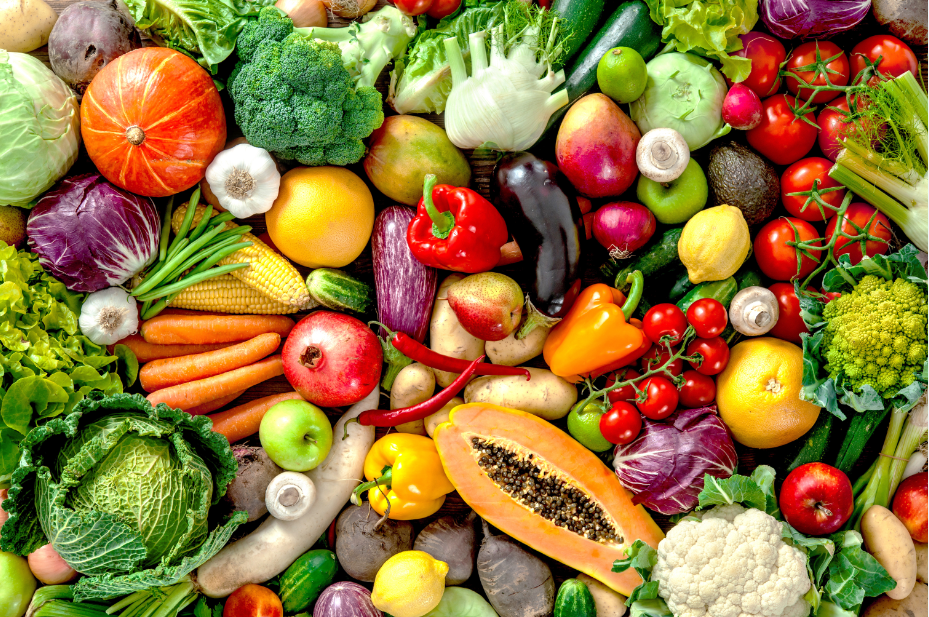Regenerative farming is said to produce wholesome and nutrient-dense food while helping to reverse climate change, rebuild farm ecology and improve soil biodiversity. Is such agriculture too good to be true?

At its core, regenerative agriculture is farming done in harmony with nature – farming and grazing practices that, among other benefits, are said to reverse climate change by rebuilding soil organic matter and restoring degraded soil biodiversity.
Why is regenerative agriculture so important? Because with the climate crisis the world is facing, agriculture that does not lose carbon and does not negatively impact people and their livelihoods has become crucial for a healthy future.
Regenerative agriculture goes beyond being just sustainable – it actively heals and regenerates the land. In essence, regenerative agriculture is a sustainable form of farming that provides a consistent agricultural food supply, helping to meet global needs in the long term.
It’s kind of ironic then, that we have to hit this critical point when the idea of producing ethically is not new. Indigenous communities have been farming responsibly and respectfully for decades in their fight to restore ecologies, fight climate change, rebuild relationships and bring joy to the communities that they benefit.

But better late than never.
Australia is strongly driving the regenerative movement and recently held an exhibition in Singapore to showcase regeneratively and sustainably grown Western Australian (WA) produce.
Where can you get your hands on such produce?
Australian Roots Regenerative offers USDA-certified,100 percent grass-fed beef that are entirely natural, antibiotic- and hormone-free. They are raised on dedicated Regenerative Australian farms with cattle that are free to roam for life.
Also available in Singapore is Naturally Nurtured Australia’s (NNA) prime produce, thanks to their relationship with WA farmers who are dedicated to their sustainable farming methods. Their produce are grown without the use of dangerous chemicals or heavy metals, and its vitamin and mineral levels are regularly checked to provide optimum nutrition. NNA uses technology to regenerate and reuse fertile soil, retaining its rich and healthy biodiversity and ensuring that all produce grown is nutrient-dense and of high quality.

My two cents? It’s nice to imagine a world that uses farming methods that are both natural and environmentally sustainable, leaving little to no carbon footprint from your meal. Here’s hoping that regenerative agriculture is here to stay.